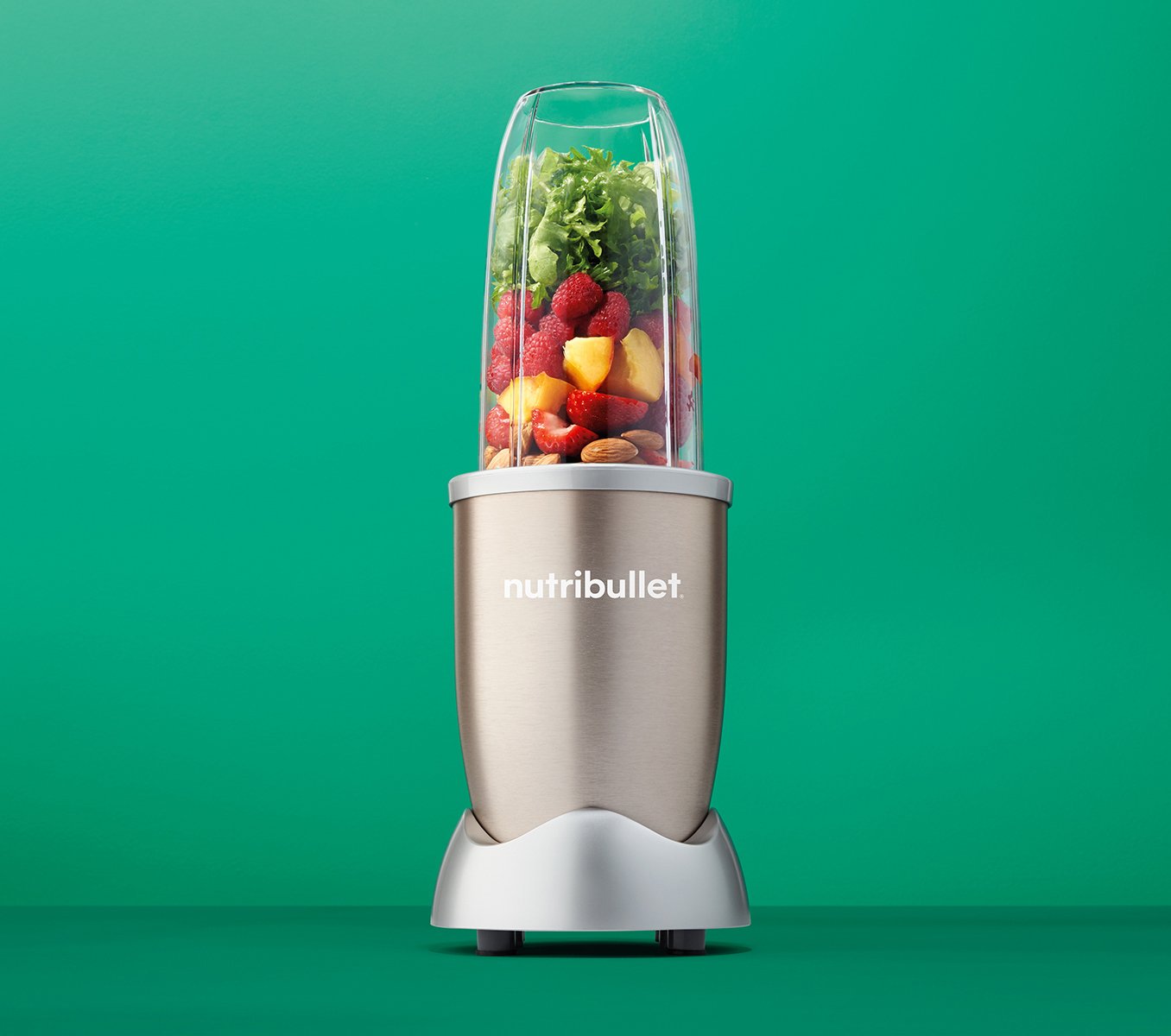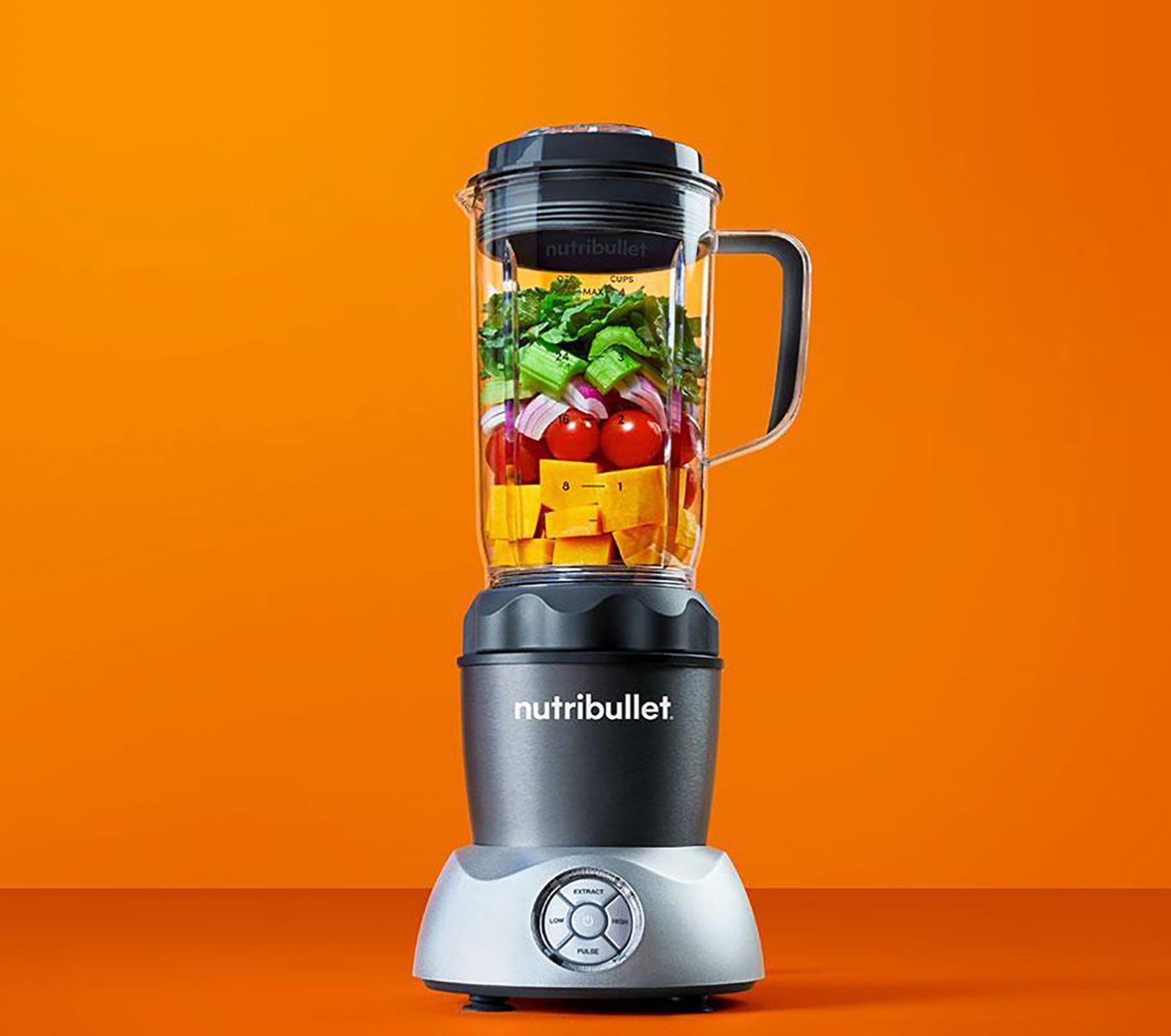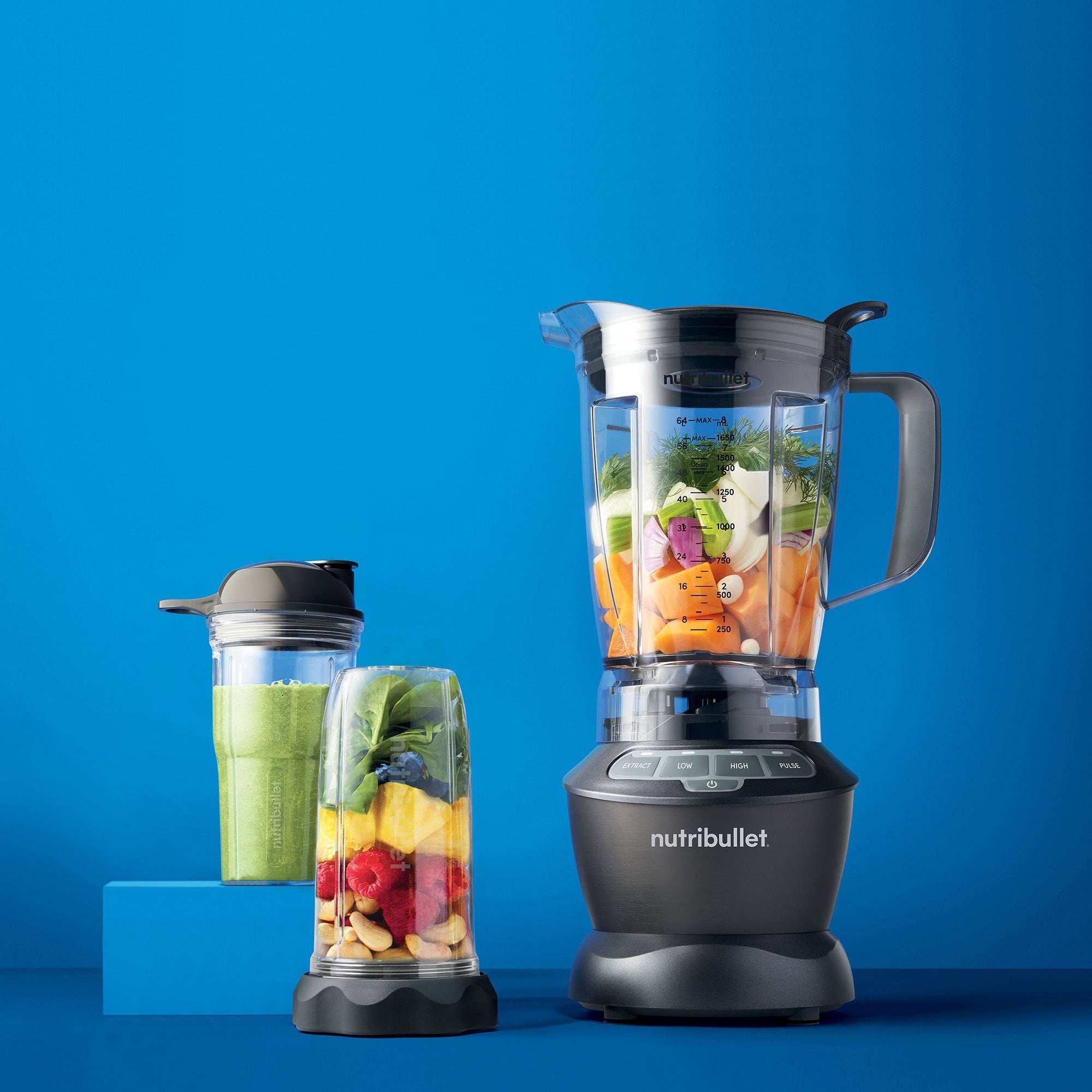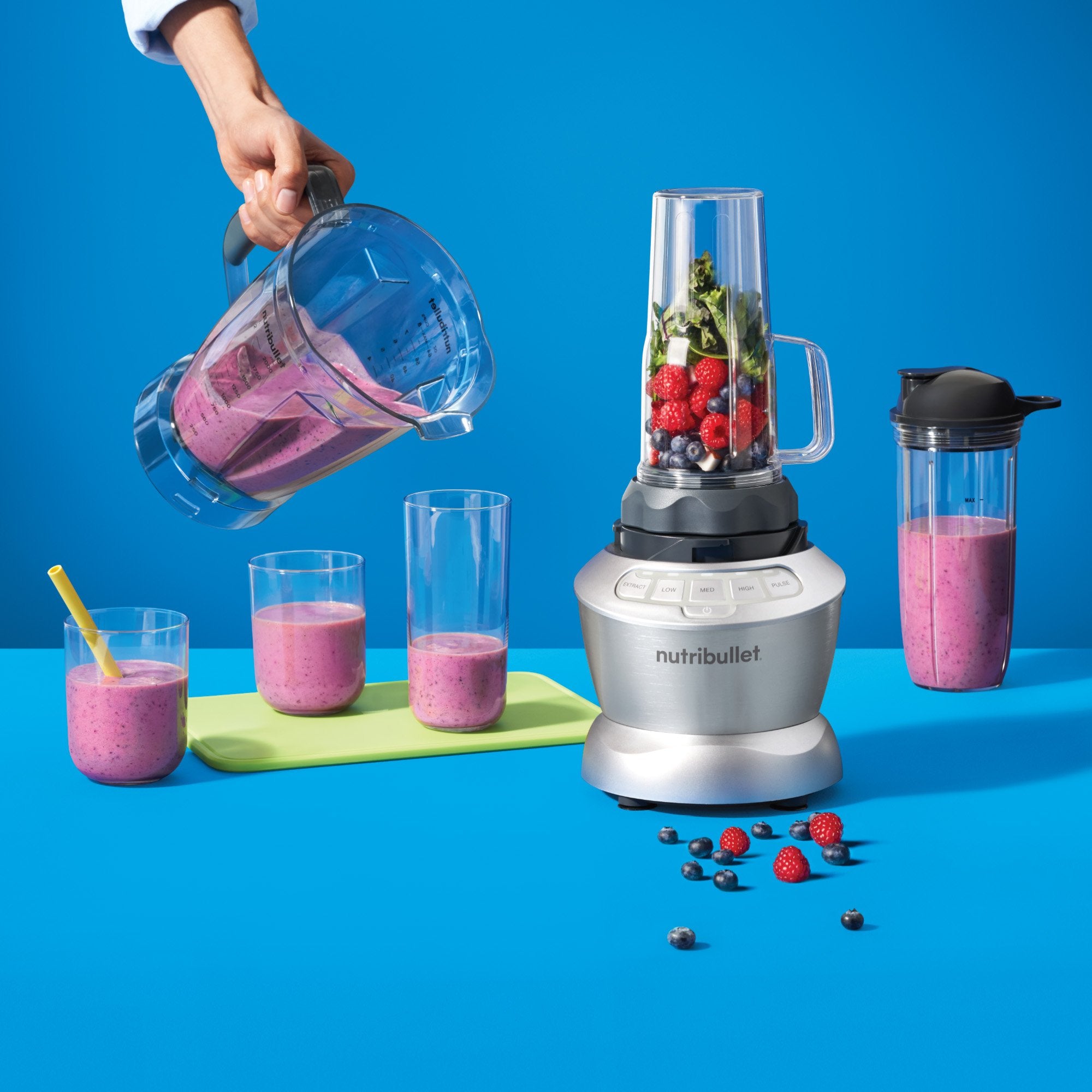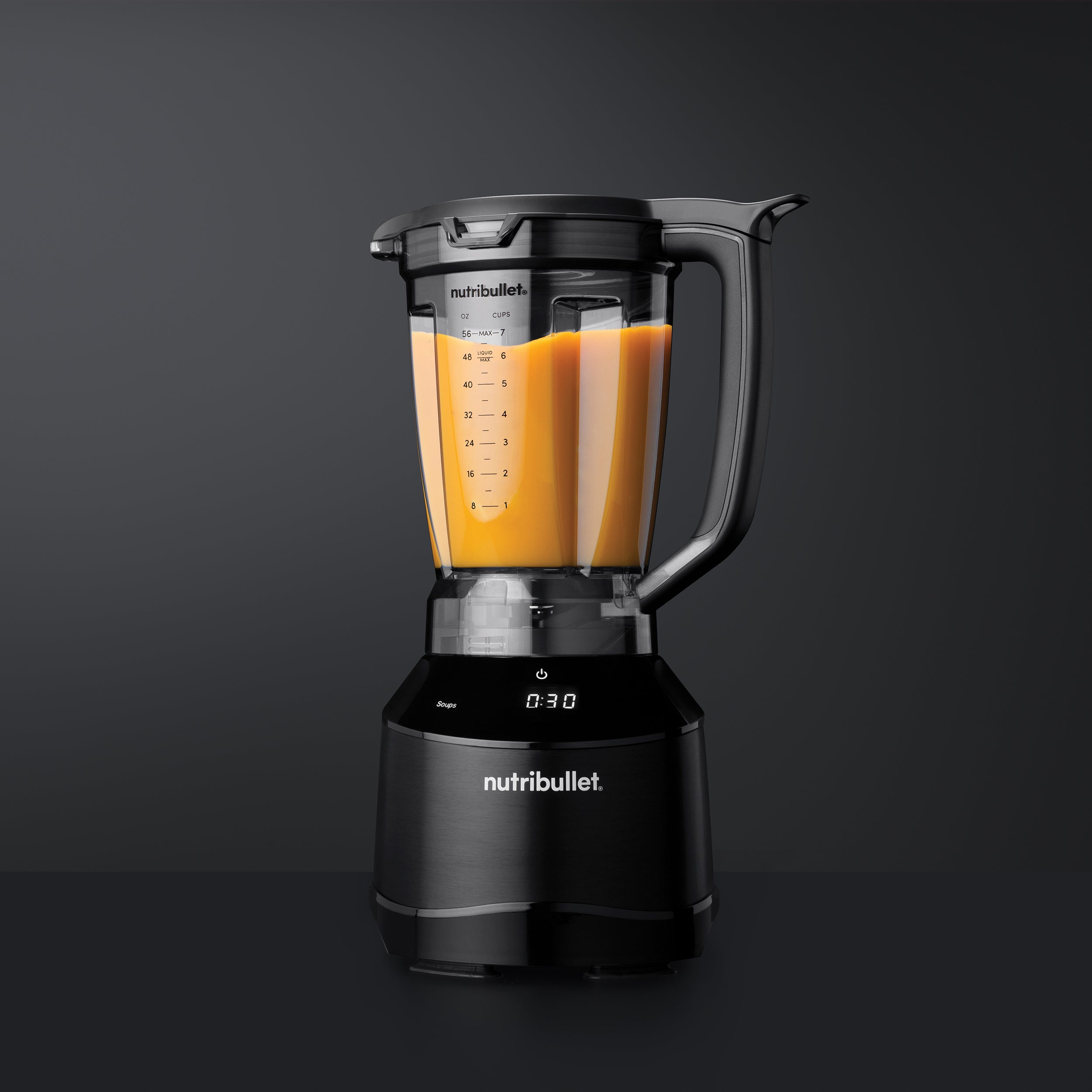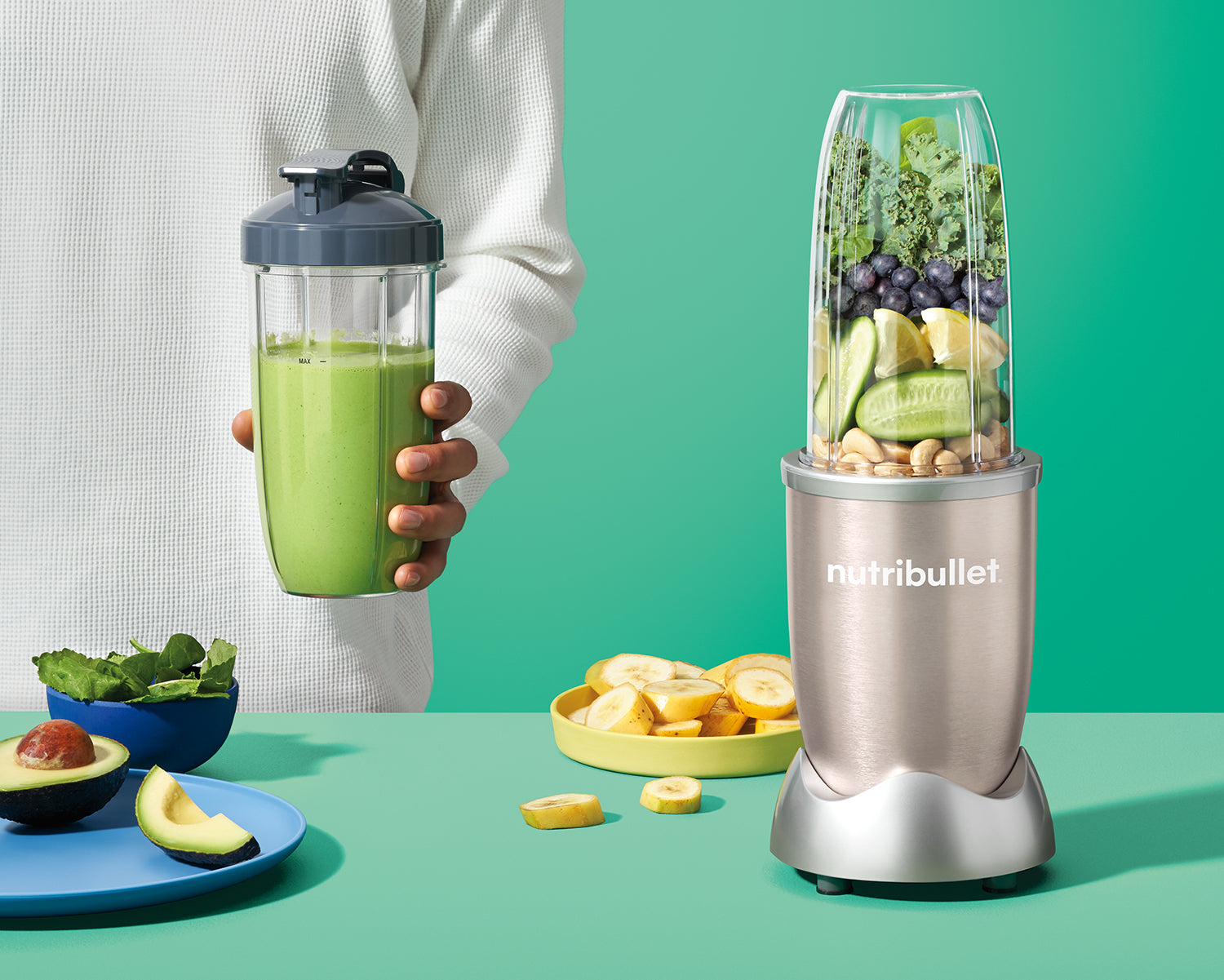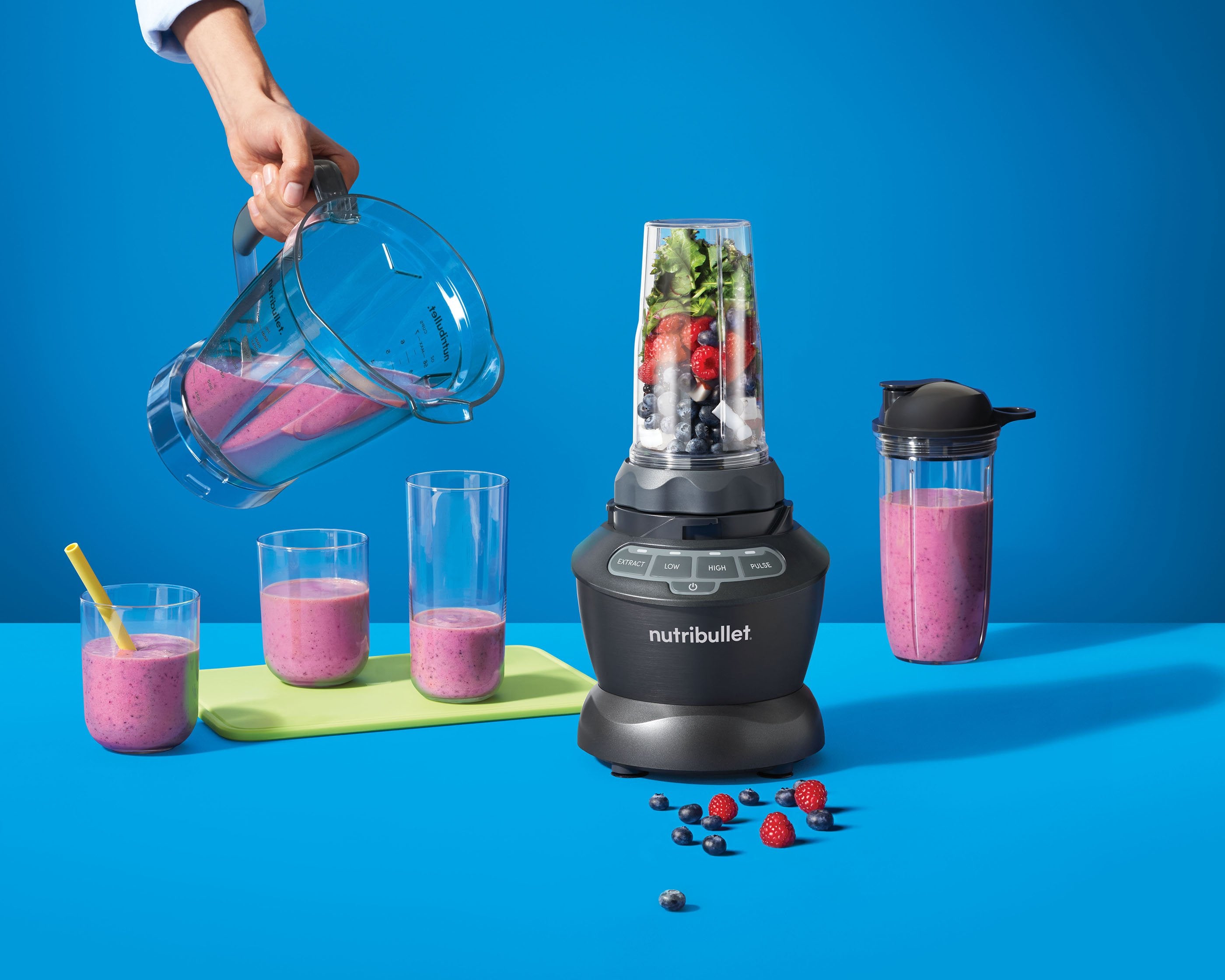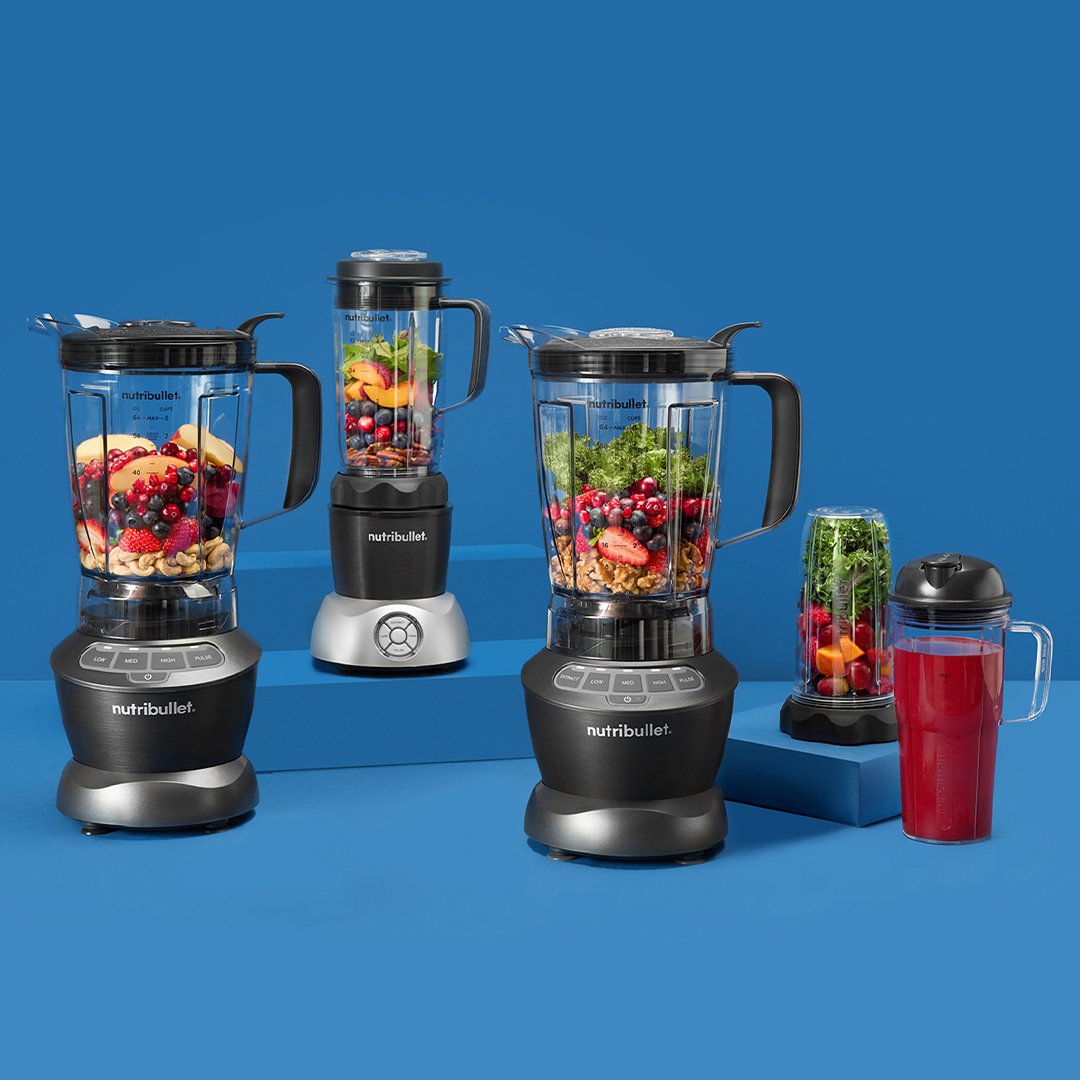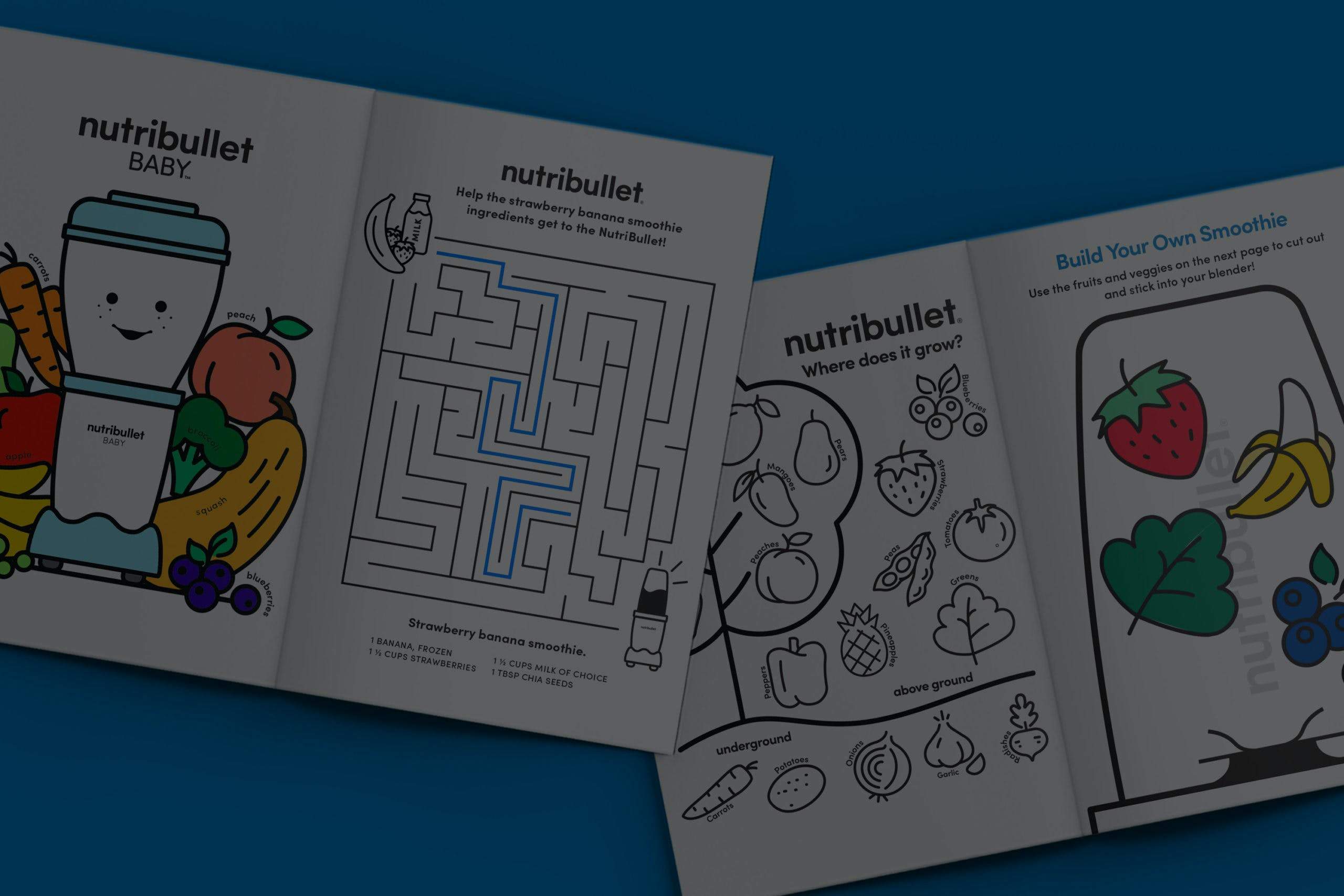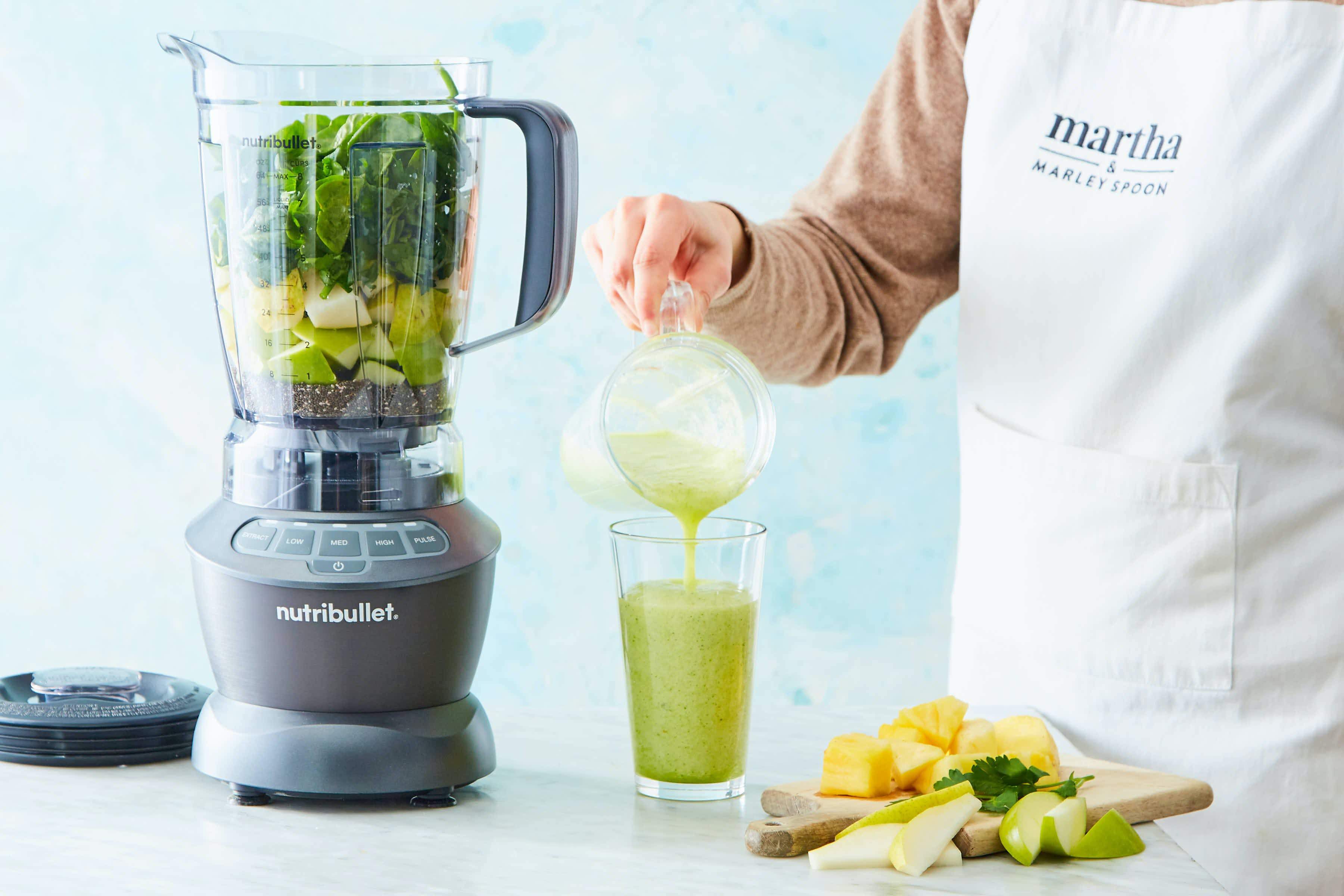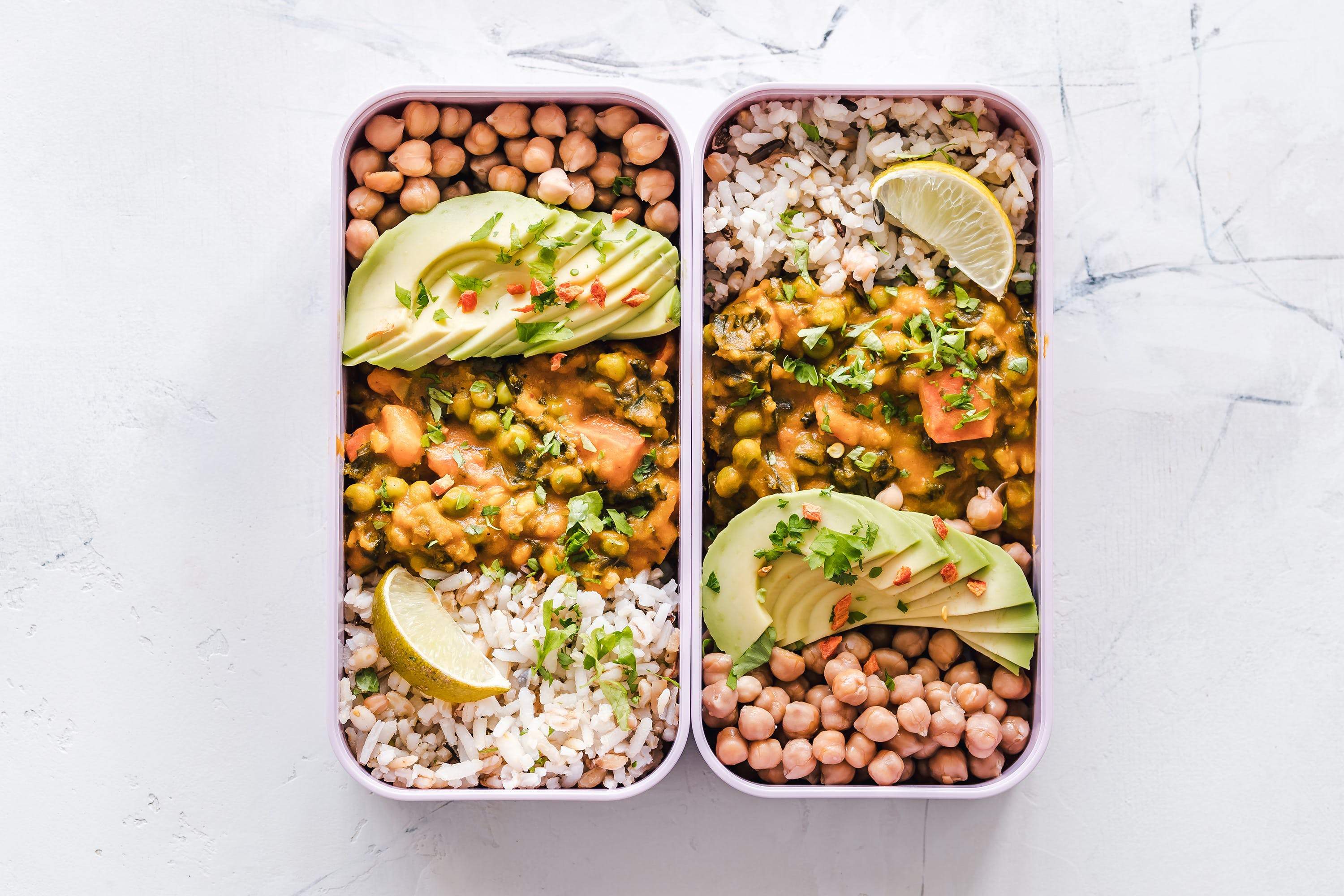Breakfast isn’t called “the most important meal of the day” for nothing. When you first get up in the morning, your body is in serious need of nutrients to properly function throughout the day. Yet, many people skip breakfast or grab for convenience foods that have no nutritional value; both options leave them drained before lunchtime and can lead to health problems in the future.
Research shows that our livers store about 150 grams of carbohydrates to use when we run out of fast energy that keeps our brains running. This energy gets used over long periods of time like during the night while we’re sleeping. When the carbohydrate load runs out, the body uses a mechanism to convert a very small amount of fat to energy. However, because this amount is miniscule, the body then starts breaking down your muscles to fuel the brain, which relies on carbohydrates to function.
When your body breaks down muscles to use for carbohydrates, you’re actually losing muscles. And the more muscles you lose, the slower your metabolism becomes. In the end, more fat is accumulated because your body cannot burn fat as quickly as it should. That’s the exact opposite of the intended goal, right? So why are people skipping meals that would provide the carbohydrates that their bodies need?
Many people simply don’t have the time to prepare a hearty and nutritious breakfast every morning. Skipping breakfast becomes a bad habit that can lower your metabolism and lead to weight gain. People struggling to eat breakfast know that it’s important to do so – they just can’t force themselves to do it. They either don’t have time or they don’t feel hungry enough. Luckily, by getting to the core of the issue and working from the inside out, you can start developing good, healthy habits to help you better manage your health and your weight.
Studies show that the human body performs at its best when it receives about 3 ounces or 21 grams of protein in the morning. To balance the protein, the meal should also include 45 grams of carbohydrate, 5 grams of total fat, and about 10 grams of fiber. This will provide your body with an optimal array of nutrients, keeping you full and your body working efficiently to increase your metabolic rate.
The amount of nutrients might look overwhelming, but packing them all into a meal is as simple as making an omelet or preparing a filling smoothie. These options take no more than 10 minutes to easily put together ahead of time and will save you lots of money – each serving can cost less than $3!
To get all the essential nutrients, try a three-egg white omelet filled with vegetables, along with a side of cut-up fruits, a slice of avocado, and a glass of water. You can make the omelet the night before, keep it in a microwavable container, and reheat it in the morning.
A smoothie is also an excellent way to get your nutrients. Combine beet tops, spinach, kale or other vegetable tops with 2 to 3 servings of fruits, protein powder, a slice of avocado or a teaspoon of a healthy fat, and a liquid of choice. You can chop up the ingredients ahead of time and keep them in ready-to-use bags to empty into your NutriBullet and extract before heading out the next day. There are plenty of recipes to help get you started.
If time isn’t on your side or you find that an omelet or smoothie is far too filling for breakfast, start with a nutrition bar. There are many healthy homemade bar recipes online that include nuts, seeds, and fruits. They’re a great way to get your protein and they can be kept in the fridge or in bags to simply grab and go in the morning.
Muffins made with zucchini or other vegetables are excellent breakfast options, as well. Incorporate protein by adding the NutriBullet Organic Pea Protein Blend, made from organic plant-based protein sources like peas and quinoa. Extra fiber can be included, along with some nuts and seeds. The muffins can be frozen ahead of time and left overnight to defrost or heated in the microwave before leaving for work or school.
With tight budgets and even tighter schedules, a proper sit-down breakfast sounds like a luxury for many people. Grabbing for a nutrient-void snack or skipping breakfast altogether easily becomes a habit that can be hard to break and can lead to larger waistlines. However, by planning ahead and preparing healthy, nutrient-dense meals and ingredients in advance, you can develop a healthy habit of eating breakfast every morning to ensure that you have the energy to take on the day and stay in your best shape.
Nutritional information
Recipe: Creamy Green Strawberry Dream Serving in this recipe:1
- Calories: 236.6
- Total Fat: 3.6 g 5.5%
- Saturated Fat: 0.4 g 1.9%
- Cholesterol: 0 mg 0%
- Sodium: 358.7 mg 14.9%
- Total Carbs: 45.7 g 15.2%
- Dietary Fiber: 9.9 g 39.4%
- Sugar: 22.1 g
- Protein: 8.1 g 16.2%
- Vitamin A: 481.9% Vitamin C: 244.1%
- Calcium: 68.5% Iron: 26.1%
* Percent Daily Values are based on a 2,000 calorie diet. Your daily values may be higher or lower depending on your calorie needs.

